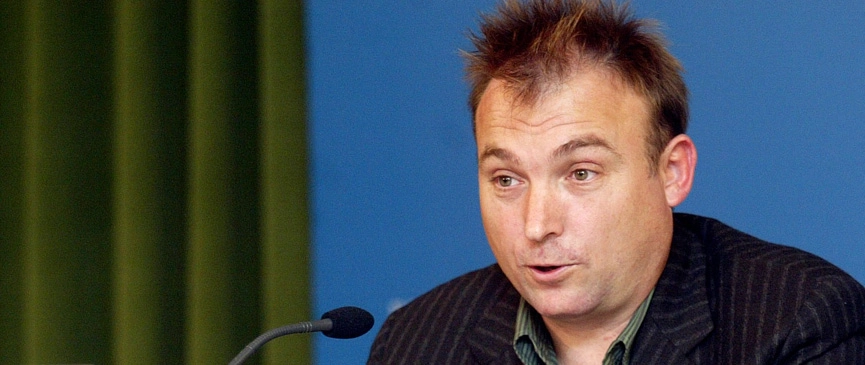Main content
Miquel Barceló Prince of Asturias Award for the Arts 2003

Miquel Barceló (Felanitx, Mallorca, Spain, 1957) has shown to be one of the great artists of our times from his very youth. The language of his art is extraordinarily original and he is an exceptionally creative talent in all the variations of the visual arts. Miquel Barceló is an artist in the Mediterranean tradition and was first introduced to the world of painting as a child by his mother, who is also an artist in the landscape tradition of Majorca.
His first individual exhibition was in 1974 at the Galería d’Art Picarol, Cala d’Or, Majorca, where he exhibited a series of drawings with insects and molluscs on printed paper. In the mid-seventies he moved to Barcelona, where the outstanding feature of his work came to be the use of materials arranged in thick layers. He achieved international acclaim when he took part in Kassel’s Documenta VII in 1982. His work is notable during this period for its personalised expressionism, addressing themes such as still lifes, libraries and self-portraits. He experiments with pigments and new painting techniques, incorporating both organic and inorganic objects in his canvases. An indefatigable traveller, Barceló divides his time between Paris, Mali and Majorca. His work on paper acquires major importance during his periods in Africa; this is organised into series, notebooks or diaries where the artist describes his impressions and draws his surroundings; he experiments with pigments and local clays; his work gradually frees itself of a saturation of elements to become enormous white, desert-like canvasses. At the same time he has produced a wealth of sculptures, experimenting with the effect of termites on the work he produces on paper, constantly concerned with the transitory facets of material, its “organic-ness” and transient nature. His work has been exhibited in Madrid’s Soledad Lorenzo gallery, the Bruno Bischofberger in Zürich, the Whitechapel in London, the Leo Castelli in New York, Rome’s National Gallery of Modern Art, and others. Such organisations as the CAPC in Bordeaux (1985), the Musée d’Art Contemporain in Nimes (1991), the IVAM in Valencia (1995) the Jeu de Paume and the Centre Georges Pompidou in Paris (1996), the Centro Cultural Recoleto in Buenos Aires (1997), the MACBA in Barcelona, Palermo City Council –in the Church of Santa Eulalia dei Calatani–, and the Reina Sofia Art Museum of Madrid (1999) have all organised anthologies of his work. An artist of many talents, Barceló’s creative drive has led him to produce work that ranges from enormous canvasses, backdrops for opera, murals and engravings to terracotta and ceramic sculptures, which make up a considerable part of his most recent production. In 2004, he showed at the Louvre watercolours he created to illustrate “The Divine Comedy”. In 2007, he presented the terracotta work performed in the chapel of Sant Pere in Palma de Majorca Cathedral. That same year he began work at the Dome that decorates the ceiling of the UN Human Rights Hall in the Palace of Nations in Geneva, Switzerland, also known as the UN’s Sistine Chapel, work which he completed a year later.
Among other distinctions, he has received the National Prize for Visual Arts of Spain (1986), the AECA Grand Prize for best living international artist represented at ARCO ’03, awarded by the Spanish Association of Art Critics and the Sorolla Medal conferred by The Hispanic Society of America. He holds an honorary doctorate from the University of the Balearic Isles.
End of main content
